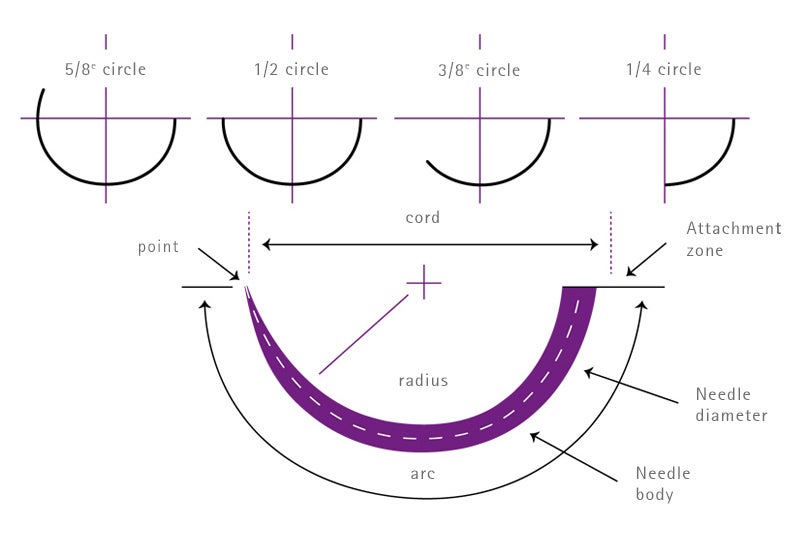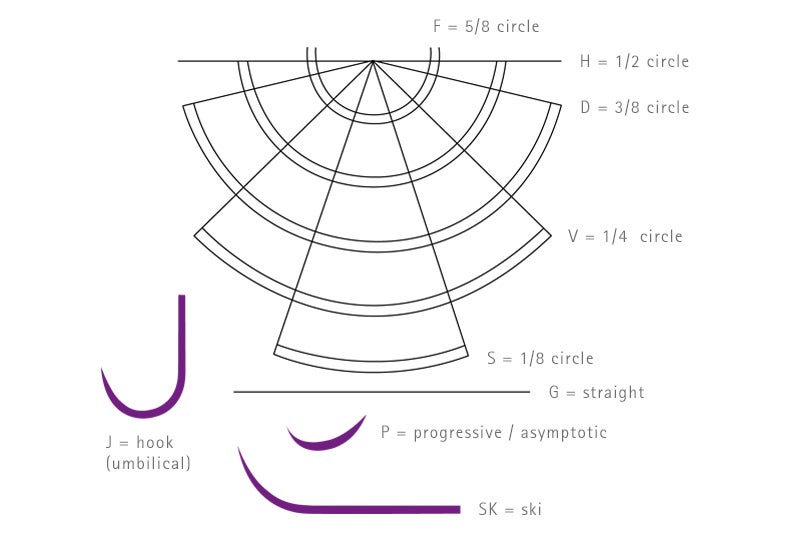Capillarity
The capillarity of a suture describes the ease with which fluids can be wicked along the suture thread. This property is inherent to multifilament see Multifilament >> sutures as a result of the loose interstices of their fibres. [5]
Capillarity is also related to the suture‘s capacity for carrying and transmitting bacteria, and plays an important role in the spread of infection. [1]
This risk of contamination is worth taking into account as suturing is performed in surgical scenarios where there is a high risk of infection.
This disadvantage is real, since the idea of adding an antibacterial agent to the suture material has been considered, although to date there is insufficient evidence to warrant recommending the routine use of this type of thread. [6]
That is why, when choosing a suture thread, low capillarity is of paramount importance.
Only monofilament sutures have no capillary action.
Coating
Coating is a surface treatment that can be used for the needle as well as for braided sutures.
Coating has the purpose of modifying the surface.
Coating the needles improves precision and penetration (e.g. Easyslide needles).
Coating the thread optimizes its passage through the tissue and at the same time make it less traumatic; in fact, without a coating, braided sutures see Braided >> have a rough surface that can have a saw effect on the tissues.
Coating improves glide see Glide >> and reduces irritation and capillarity see Capillarity >> while still maintaining good knot security see Knot security >>.
However, this surface coating is thin and friction during manipulation can rub off the protective coating. [7]
For an atraumatic passage through tissues it is better to choose a monofilament suture, which, by its very structure, ensures excellent results in this aspect.
Colours
The suture threads, whether natural or synthetic, absorbable or non-absorbable, monofilament or braided, are available dyed (violet, green, blue, black, etc.) or undyed.
The colour acts as an indicator, which can be particularly useful in certain cases (e.g. vascular surgery) for distinguishing the different anatomical structures. The colour enhances their visibility, even if they are steeped in blood. [1]
The colours used are mainly those certified by the FDA (Food and Drug Administration) under “D&C” («Drug & Cosmetics») colours.
In contrast, undyed threads have the advantage of being less visible and more discreet, and thus better for use in eye surgery or skin suturing.
Dyed sutures are rarely used on the outer surface of the body, to avoid a tattoo effect.
Curvature
Curvature is one of the characteristics of the needles see Needle >>.
There are straight needles and curved needles.
Straight needles can be used without a needle-holder and are more often used for superficial planes.
The curvature is expressed as eighths of a full circle, for example 5/8 or 3/8, with 4/8 corresponding to a semi-circle (1/2) and 2/8 to a quarter circle (1/4).
In practice, the deeper the layer, the more curved the needle should be.
Certain curvatures have special shapes: hook, progressive/asymptotic, or even ski-shaped.
Examples of use according to the curvature
| Curvatures | Examples of use |
| 1/4 circle | Microsurgery |
| 3/8 circle | Easily-accessible flat structures (e.g. the skin) |
| 1/2 circle | Deep layers and narrow spaces |
| 5/8 circle | Nasal cavity |
| 1/2 curve or ski | Endoscopy procedures |
| Straight | Easily accessible tissue that can be stitched directly by hand |
B. Braun has decided to simplify needle curvature identification by means of letters.
S = 1/8 circle
V = 1/4 circle
D = 3/8 circle
H = 1/2 circle
F = 5/8 circle
P = progressive / asymptotic
J = hook (umbilical)
G = straight
SK = ski
[1] Hochberg J, Meyer KM, Marion MD.; Suture Choice and Other Methods on Skin Closure; Surg Clin North Am. 2009 Jun;89(3):627-41.
[5] Semer N., Adler-Lavan M.; Suturing: the basics.. Practical Plastic Surgery of non-Surgeons. 2001; Chapter 1.
[6] Geiger D, Debus ES, Ziegler UE, Larena-Avellaneda A, Frosch M, Thiede A, et al.; Capillary activity of surgical sutures and suture dependent bacterial transport: a qualitative study; Surgical Infections Vol 6 N° 4 2005. 377-383.
[7] Olivieri M, Bonneau NH.; Choix d’un matériel de suture; Can Vet J 1985, 26:9-12.


